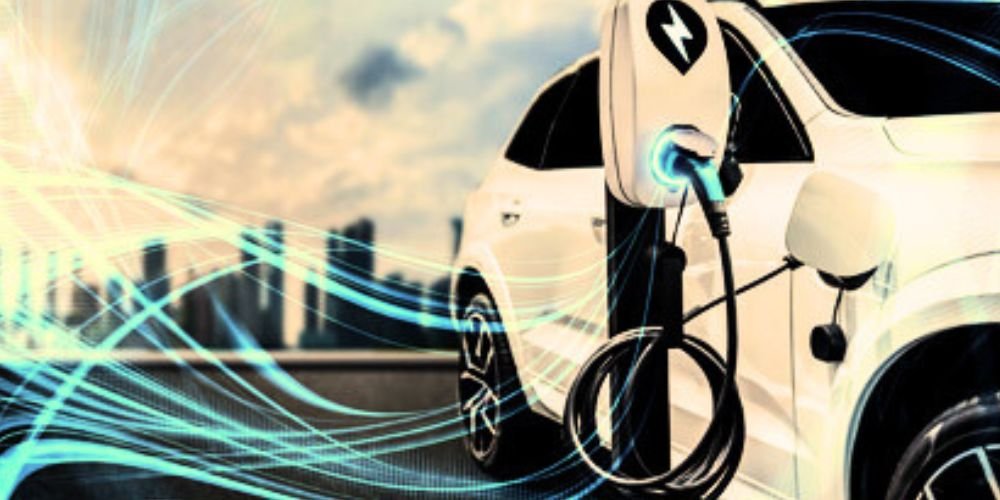Key Points:
- Vehicle shoppers face complex choices among various “electrified” options.
- Lack of standardization in naming conventions causes consumer confusion.
- Consumers like Heather Seymour find plug-in hybrids a good middle ground.
- Automakers like Jeep believe education and variety benefit consumers
Purchasing a vehicle has never been easier, but shoppers entering traditional dealer showrooms now face a new challenge: a confusing array of “electrified” vehicle options. As the adoption of all-electric vehicles (EVs) progresses slowly in the U.S., automakers are releasing various hybrid models as alternatives to both EVs and traditional gas-powered engines. While this variety offers consumers more choices, it also introduces complexity for buyers and automakers, especially those returning to the market after years of unprecedented supply chain shortages and record-high prices for used vehicles.
“More choice in the marketplace is good for consumers, but only if they understand the differences,” said Paul Waatti, director of industry analysis at AutoPacific. “There needs to be more clarity on what the terms and acronyms actually mean, and what the potential benefits and drawbacks are.”
Today’s car shoppers can choose from traditional internal combustion engine (ICE) vehicles, mild-hybrid electric vehicles (MHEVs), hybrid electric vehicles (HEVs), plug-in hybrid electric vehicles (PHEVs), fuel cell electric vehicles (FCEVs), battery-electric vehicles (BEVs), commonly known as EVs. Later this year, Stellantis plans to introduce range-extended electric vehicles (REEVs), similar to plug-in hybrids but can operate exclusively as EVs with electric motors powered by a gas engine.
Each type of vehicle caters to different customer needs. All except EVs and fuel-cell vehicles continue to offer traditional internal combustion engines combined with electrified technologies like batteries or motors to enhance performance or fuel economy.
Heather Seymour from St. Johns, Florida, researched extensively before purchasing a 2022 Jeep Wrangler Rubicon plug-in hybrid electric vehicle, a 4x model. “I knew I wanted to dip my toe in the water of hybrids. I wasn’t ready to go full electric, so the plug-in was definitely of interest to me,” said Seymour, who typically uses the all-electric range of the SUV except on longer trips. “The more we learned about it, the more we figured out what we wanted.”
While consumers may not need to understand every acronym or technology to find the right model, automakers aren’t helping with confusing naming conventions. For instance, Hyundai’s Genesis brand calls its all-electric vehicles “electrified,” a term many others reserve for hybrids. Chrysler’s Pacifica minivan is a plug-in hybrid labeled as a regular “hybrid,” Toyota markets some traditional hybrids as “hybrid EVs.” Stellantis claims its REEV vehicles are not PHEVs despite their similar operation.
“Every automaker is using different terms. There’s no standardization, and that causes some confusion on the consumer side,” Watts said.
Jeep CEO Antonio Filosa remains unconcerned about potential confusion, emphasizing the brand’s strong naming heritage. “I believe that we need education, but after education, we have a lot of choices for the consumer,” he said. “It’s all for the benefit of the consumer. They will have a lot of flexibility.”










